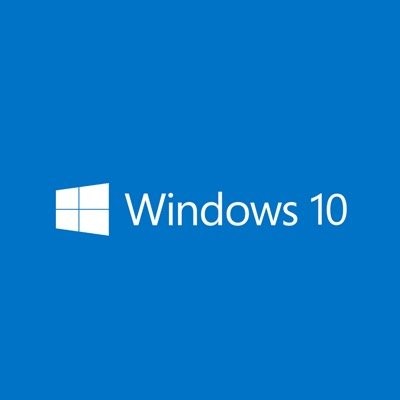The July 29 release date schedule of Windows 10 will proceed as scheduled and as promised by Microsoft, the new operating system is a free upgrade for machines running on Windows 7, 8 and 8.1. The software, however, is not free forever, a new report said.
Microsoft provided a specific definition of its earlier declaration that the Windows 10 is free and will remain as such "for the supported lifetime of the device." According to Computer World, this timeline - supported lifetime - was defined by the tech giant as ranging from two to four years.
And the length of subsequent support for these upgraded personal computers will be determined by the software maker, likely by separating personal users from the business kind. It is unclear who will get the better deal or the longer stretch of support and who will be classified for the minimum provision, the report added.
The report also suggested that refresh cycles in a given machine will be limited within the frame provided, which Computer World said was laid out in a Microsoft slide presentation. This runs in counter with the earlier understanding that Windows 10 will remain free notwithstanding the number of re-installs performed in an eligible machine.
The revelation also raises the question: Will Microsoft start charging upgraders to Windows 10 once its estimated timeline reaches the maximum four years?
However, the Computer World report concedes that the fine print of Microsoft's latest clarification remains unclear. "Microsoft has said nothing about what happens after the lifetime expires, including whether upgrades will be discontinued entirely, be available for a fee, or effectively be moot because a new edition will have superseded Windows 10," the report said.
Meanwhile, John Dvorak of PC Mag is offering some tips on how to go about once the Windows 10 free download goes live. Given that for most Windows users the software will cost nothing there will be a rush of downloads and the likelihood is the system will crash.
Best to wait out, Dvorak advised. "Get the upgrade after the first bug reports. You have one year to upgrade for free. There is no rush," he said, adding that it pays to hold off and allow the expected errors to get fixed before absorbing the OS.
Also, the whole upgrade process would be much easier when done during the weekends, which allows more time to prepare and troubleshoot should problems arise in the aftermath of the Windows 10 install.



























